5 Minutes
Shopping for a smartwatch in 2025 can feel like stepping into a jungle of specs, sensors and marketing claims. The right pick isn’t the fanciest model on the shelf — it’s the one that actually fits how you use your phone, tracks the things you care about, and lasts long enough to matter.
Start with compatibility: why your phone decides a lot
The single biggest source of friction with wearables is how well they sync with your phone. If you’re deep in Apple’s ecosystem, an Apple Watch still offers the smoothest, most seamless experience. For Android users, the field is wider: Samsung, Google, Garmin and budget players like Amazfit each bring a different balance of apps, health tracking and battery life.
Top picks by use case — which brand to consider
Best for iPhone owners: Apple Watch (Series 11, Ultra 3)
Apple’s watches remain the default choice for iPhone users because of unmatched integration across messages, calls, HomeKit and Mac unlocks. The Series 11 and the Ultra 3 — Apple’s latest releases — deliver crisp OLED screens, refined watch apps and advanced health tools. Expect reliable heart-rate monitoring, FDA-cleared ECGs and blood-oxygen sensing where available, plus newer features like hypertension alerts on compatible models.
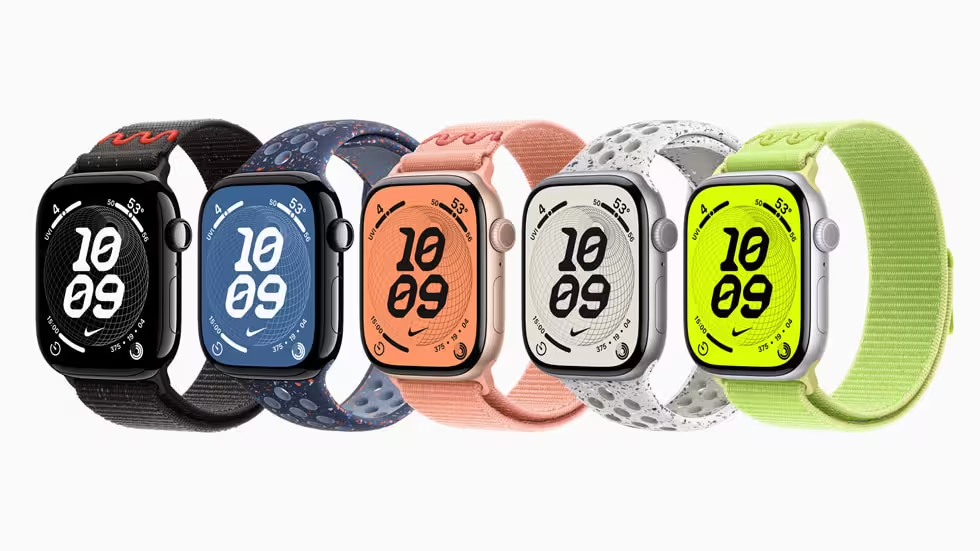
Battery life has improved: typical daily use on the Series 11 is about a day, while the Ultra 3 can stretch to nearly two days depending on settings, and Low Power modes extend that further.
Best for Android users: Samsung Galaxy Watch series
Samsung’s Galaxy Watch line is the strongest alternative to Apple for those on Android. Running Wear OS with Samsung’s polish, the Galaxy Watch 8 and the recent Watch Ultra combine sharp AMOLED displays, premium builds and rich health features. Owners of Samsung phones often unlock extra sensors — like calibrated ECG and blood pressure readings — though availability can vary by region and device pairing.
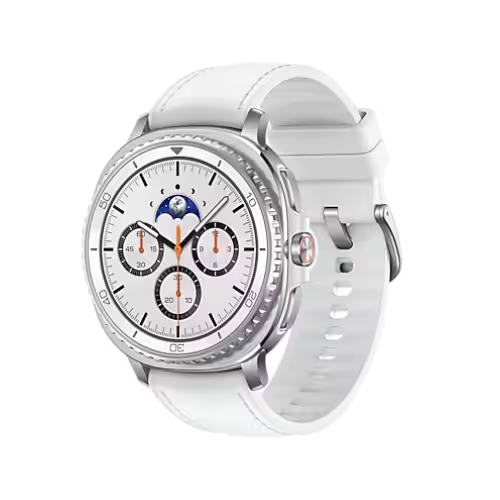
The Watch 8 Classic’s rotating bezel remains a standout navigation feature. Expect about two days of battery life in mixed use, solid fitness tracking, and a large app store via Google Play.
If AI features matter: Pixel Watch 4
Google’s Pixel Watch 4 is the wrist-forward answer for people who want AI in their everyday flow. With Gemini built into the watch, you can ask for quick replies, schedule details, directions or context from Gmail and Calendar with a wrist raise. Google also tends to put new AI watch features on its hardware first.
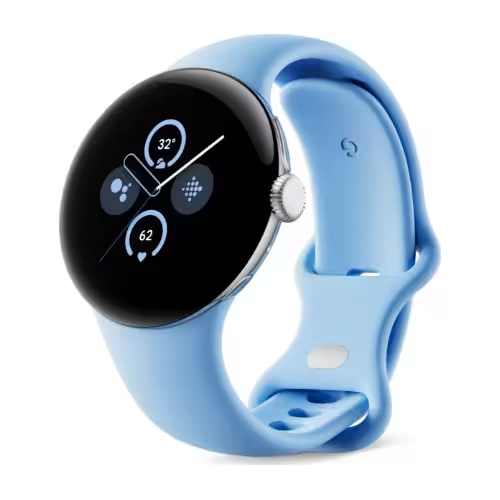
The Pixel Watch 4 uses a low-power co-processor to run those features without a huge battery hit. Its minimalist, domed-glass design comes in 41mm and 45mm sizes and pairs especially well with Pixel phones and Google-first users.
For serious training: Garmin (Venu, Forerunner, Fenix)
Garmin targets athletes and outdoor users who want deep metrics. Models such as the Venu 4, Forerunner series and the rugged Fenix lineup deliver highly detailed running, cycling and recovery data — think VO₂ max trends, training readiness and precise GPS tracking.
Where Garmin shines is battery life: multi-day use is common, often 4–5 days or much longer depending on GPS mode. The trade-off is a smaller app ecosystem and fewer smartwatch-style features compared with Wear OS or watchOS devices.

Best value and long battery life: Amazfit
Amazfit is a go-to for buyers who want strong core features at a low price. Models like the Amazfit Active 2 pack bright displays, honest health tracking and impressive runtimes — some watches in the lineup can last up to 10 days on a single charge.
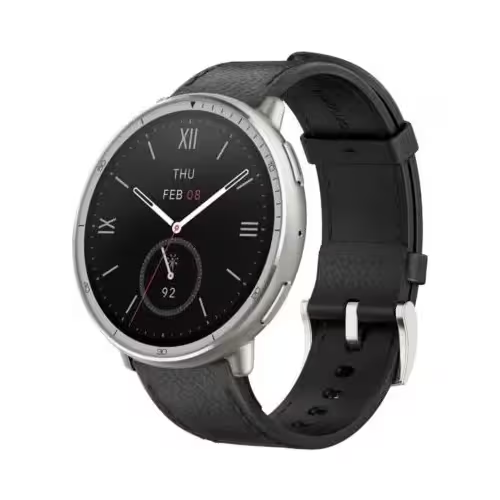
These watches run Zepp OS, a proprietary platform that helps squeeze battery life and performance out of modest hardware. The downside is fewer third-party apps and integrations compared with Apple and Google ecosystems, but for many users that’s a worthwhile compromise.
How to choose: five quick questions to ask yourself
- Which phone do you use most? (Integration matters more than features.)
- Are advanced health metrics or everyday fitness tracking more important?
- Do you want AI features and fast access to Google services?
- How often do you want to charge your watch?
- What’s your budget for a primary wearable versus a backup device?
Answer those and you’ll narrow the field quickly: Apple Watch for iPhone-first users, Galaxy Watch or Pixel Watch for Android users depending on whether you prioritize Samsung’s hardware polish or Google’s AI-first experience, Garmin for athletes, and Amazfit if budget and battery are the priorities.
Ultimately, the best smartwatch is the one you’ll wear every day — so try one on, check how it pairs with your phone, and pick the brand that complements your daily habits.
Source: gizmochina

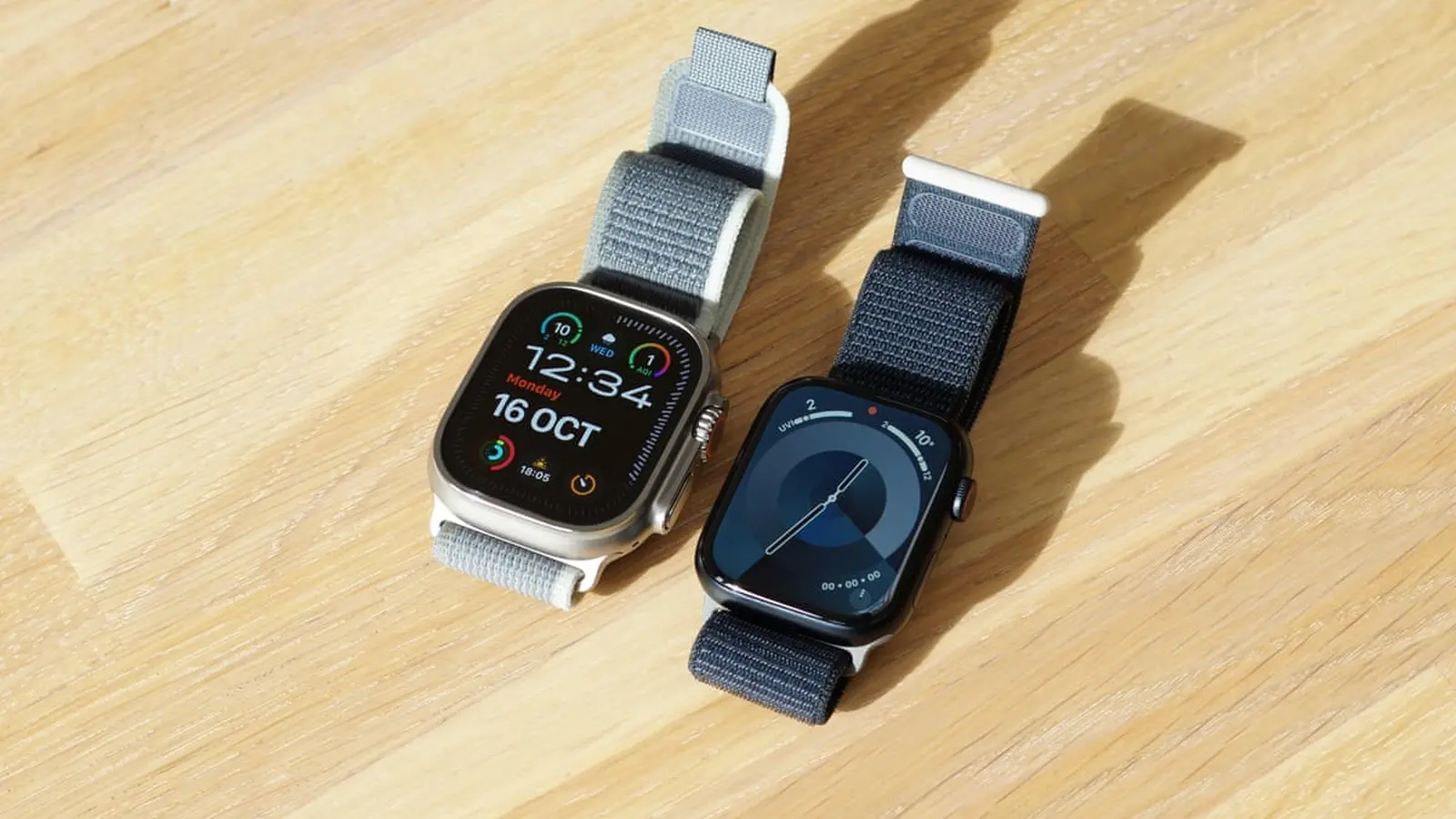
Leave a Comment